Hiding the radon pipe can be both beneficial for your safety and for the pipe itself. If you hide them well, it can protect the radon pipe from accidental damage. So how to hide the radon pipe outside, anyway? Wonder no more! We've done plenty of research and have found the answer below to assist you.
In general, you can hide your radon pipe outside by covering it with a bamboo fence or fake ivy and painting it.
However, if you want a durable option, install the radon pipe within your outside soffit to hide it perfectly.
Also, remember to follow your local radon building code for further proper installation details.
Though hiding your radon pipe can help protect its structural integrity. You should also consider that concealing it requires proper setup as these pipes are susceptible to moisture accumulation.
At the end of this article, rest assured that we will share all the necessary information you may need relating to this concern. So read on!
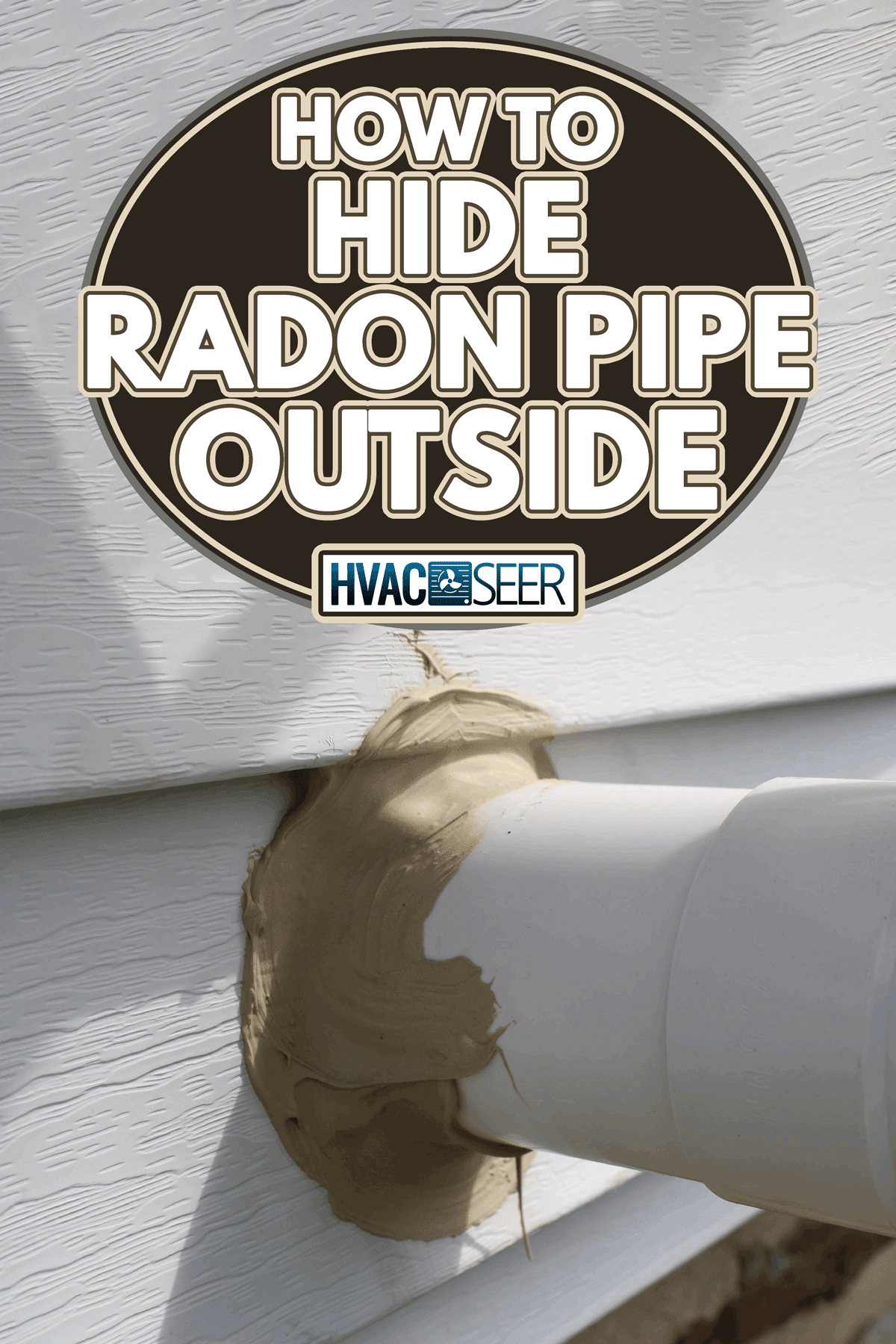
How Can I Hide My Radon Fan?
The ideal way to hide your radon fan is to install it in a garage or attic. This way, you can easily access the fan during repair or maintenance.
Also, you can protect the fan from nature's elements and improve noise reduction and curb appeal. However, ensure that your radon pipe has enough ventilation to avoid condensation growth.
How Do You Hide A Radon Pipe In The Basement?

Check the pipe's alignment first to avoid the hassle of realigning them in the middle of the work. Next, determine how long a piece of pipe you need and cut it short accordingly.
Use sandpaper to scrape some of the debris on either side of the pipe. When connecting the pipe, ensure that everything goes together smoothly. If not, cut away both edges of the pipes until they fit neatly.
Furthermore, ensure to use only a standard PVC pipe, such as schedule 20 or 40, depending on your installation setting. It's always worth ensuring the safety and quality of your pipe installation rather than exposing your family to risk.
See this schedule 40 PVC pipe on Amazon.
Can You Cover A Radon Pipe?
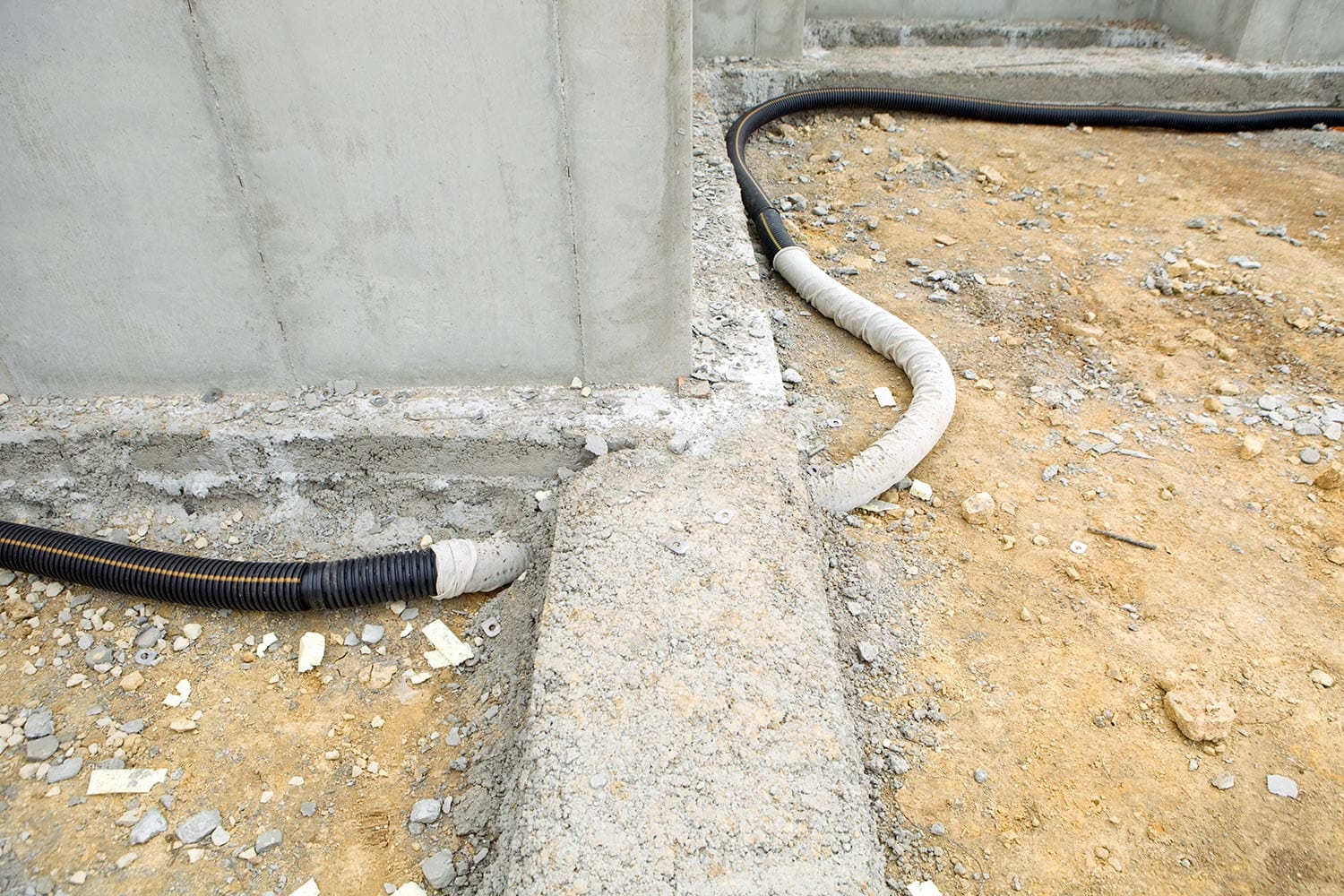
When the radon mitigation system operates, it draws air from beneath the home's ground and safely vents it above the roofline.
Covering its pipe increases the chance of moisture build-up and possibly freezing over the upper pipe. When this occurs, the radon system can no longer appropriately suck and pull the air out from the pipe.
As a result, your entire radon system may fail and put your family's health in danger.
What Are The Types Of Radon Mitigation Systems?
Radon systems come in a wide range of various setups and are designed for each specific circumstance. The following are the basic radon mitigation installation:
Exterior Installation
The pressurized parts of a radon mitigation system are situated outside. In contrast, the inside parts are under suction when placed on the exterior of a house or other structure.
Generally, The radon systems fan is installed on the other side of the rim joist, at knee level.
Attic Installation
Installing a radon system through the attic will conceal it from view and provide better protection from external freezing and thawing.
The radon mitigation system in the attic is often run via the garage to the attic area above it.
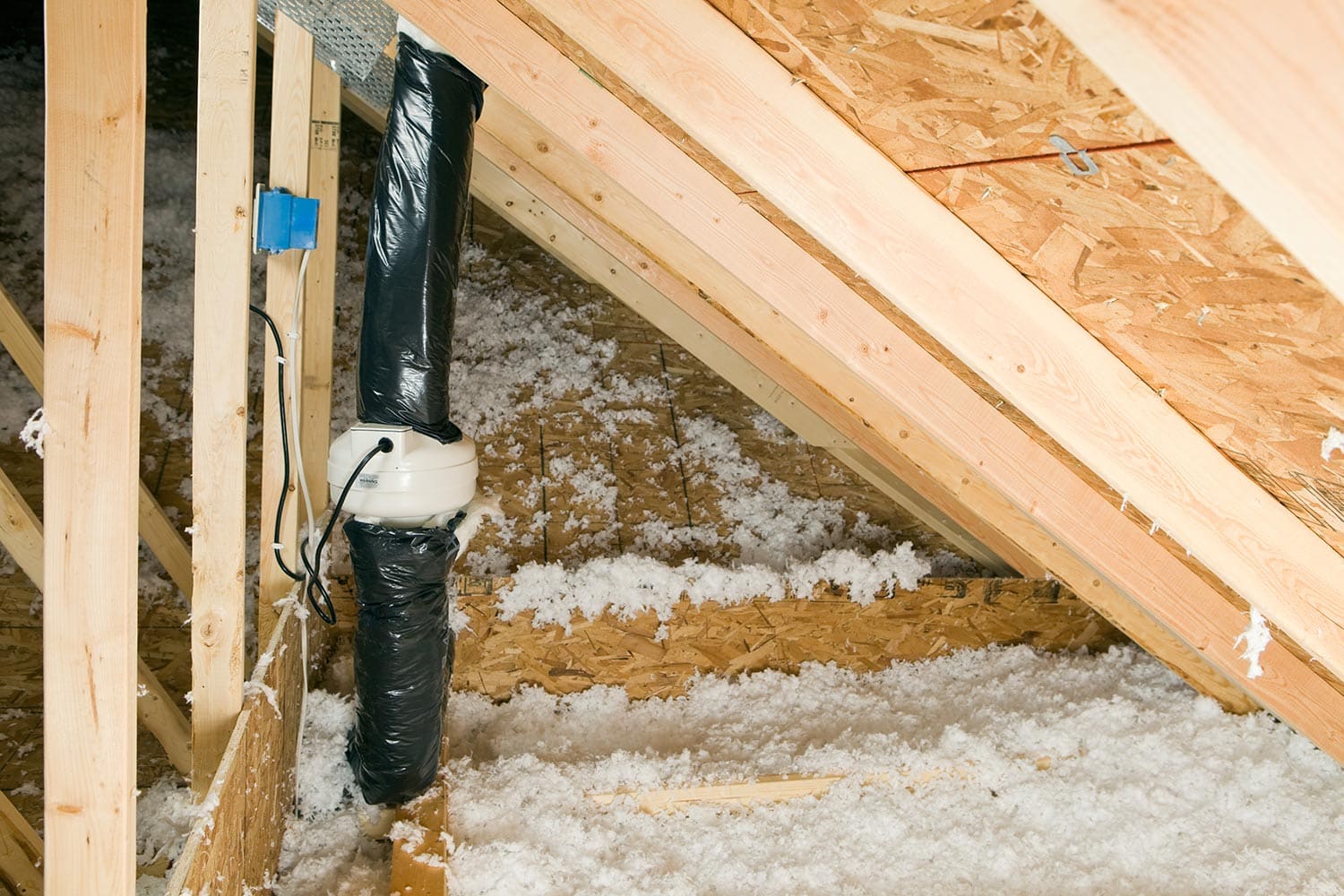
Passive Radon System
You can prevent radon gas intrusion in newly constructed homes or structures using new techniques called radon-resistant.
The majority of radon-resistant constructions include:
- An exhaust point above the house's roof.
- A soil gas collector pipe is hidden within the concrete slab.
- A suction pipe that runs through the interior walls.
- A layer of sediment that is gas permeable.
Crawlspaces Radon System
Crawlspaces are a common radon entrance point. The floors above crawlspaces are a potential entry point for radon gas.
However, you should ensure an airtight seal using a sturdy vapor barrier to prevent this radon gas intrusion.
NOTE: A qualified radon contractor can only achieve the quality of this radon mitigation installation.
Why You Shouldn't Install A Radon Fan In The Basement
Since any leak in the mitigation system could result in extremely high radon levels within your basement. So, you shouldn't install a radon fan there.
Otherwise, the radon levels inside the basement could rise to hundreds of pCi/L (picocuries per liter). This level is significantly riskier than the high radon levels seen in homes.
There is no safe level in terms of radon exposure. However, the EPA stated that you should consider fixing your home if the level reaches around four pCi/L or above.
What Are The Health Effects Of Radon?
You run a higher chance of getting lung cancer if you inhale and reside in a house with high radon levels. Moreover, According to the EPA, radon is the main reason nonsmokers develop lung cancer.

Radon ranks as the second most common cause of lung cancer, following smoking. Moreover, the EPA estimates around 21,000 deaths from radon-related lung cancer each year.
What's more, a little over 2,900 of these fatalities include nonsmokers. You can avoid this horrible thing from happening by adhering to your local radon building code.
Besides, you can also conduct a radon test to verify how much radon level is present in your home.
How To Test Your Home For Radon Gas Level
Radon gas is almost impossible to detect as this harmful gas has no color, taste, or odor. So, the only method to determine whether radon levels in your home are high is to test your home.
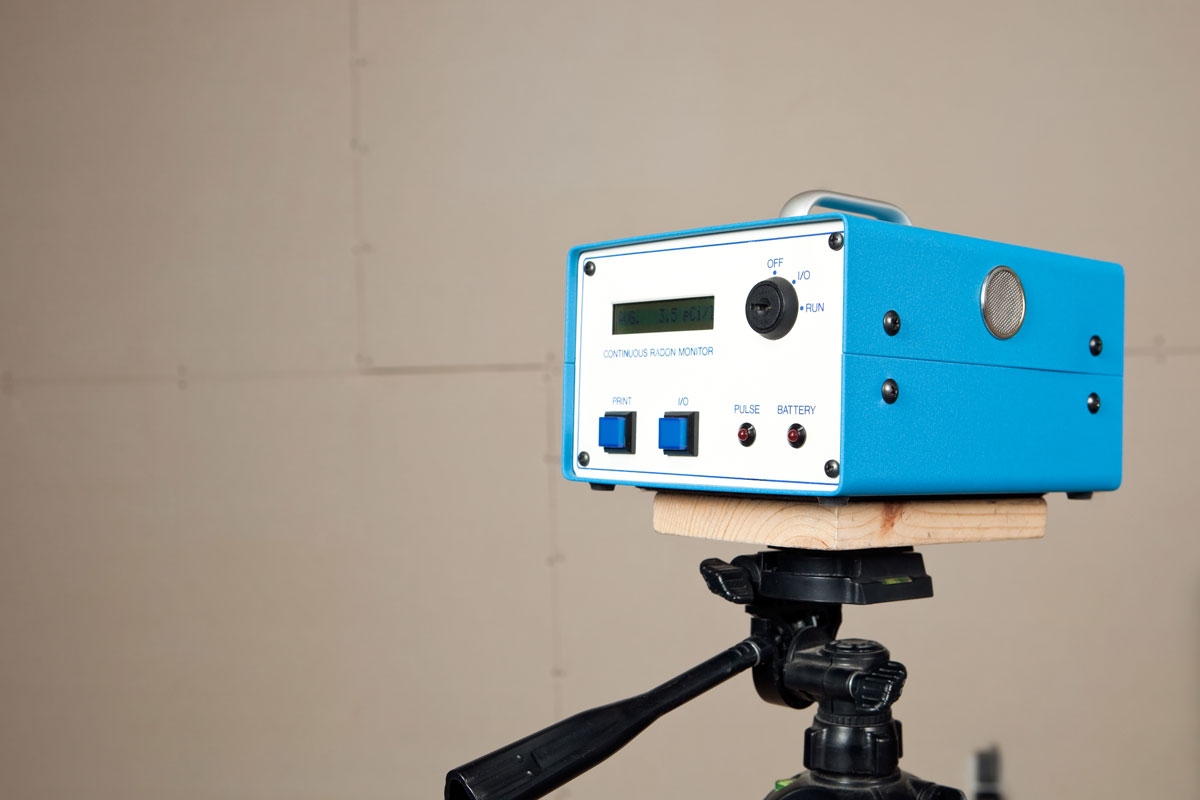
There are two common types of radon testing kits you can use to test your home for radon. These kits are most available at your country's health departments or state radon programs.
Short-term Kit
These kits can measure your home's radon gas level within 2 - 90 days. A short-term kit is your best option if you opt for a quick testing result.
Long-term Kit
In contrast, this kit can last more than 90 days. Moreover, many homeowners prefer this kit because the longer the test, the safer your home becomes.
Check out this radon detector on Amazon.
Once you purchase a testing kit, begin by:
- Placing this small device on the lowest level in your house.
- If you live in a multi-level building, put the test kit in the lower portion of the building.
- Depending on the type of kits you've got, allow running the test kits base on their requirements.
- Check your kit's label for where to send your test device once the test is done.
NOTE: The test result should be at an average level of 1.3 pCi/L. Otherwise, your house is exposed to high radon gas.
How Often Should You Test Your Home For Radon?
Radon gas could put you and your loved ones at risk. Protecting your family by doing some preventative measures to test your home is crucial.
It is ideal for testing your home every two years, primarily if you reside in Michigan. Now and then, your foundation is prone to cracks or damage, and thus radon levels can rise.
You should test your home's radon gas levels on this basis:
- If your home has never been tested.
- Test your home before and after renovations.
- When some lifestyle changes, such as installing a gym in your basement.
- When buying or selling a house, one should provide it with up-to-date radon test results.
What Time Of Year Is Radon Most Prevalent?
Radon gas is almost anywhere underneath the earth and does escape everywhere. However, some factors may influence the radon gas level in your house.
These factors vary in your house's ventilation, severe weather conditions, and the water table level in your home's flooring.
Moreover, about 25% of homes have the highest radon levels in the summer, contrary to 24.7% during winter.
To Wrap Up
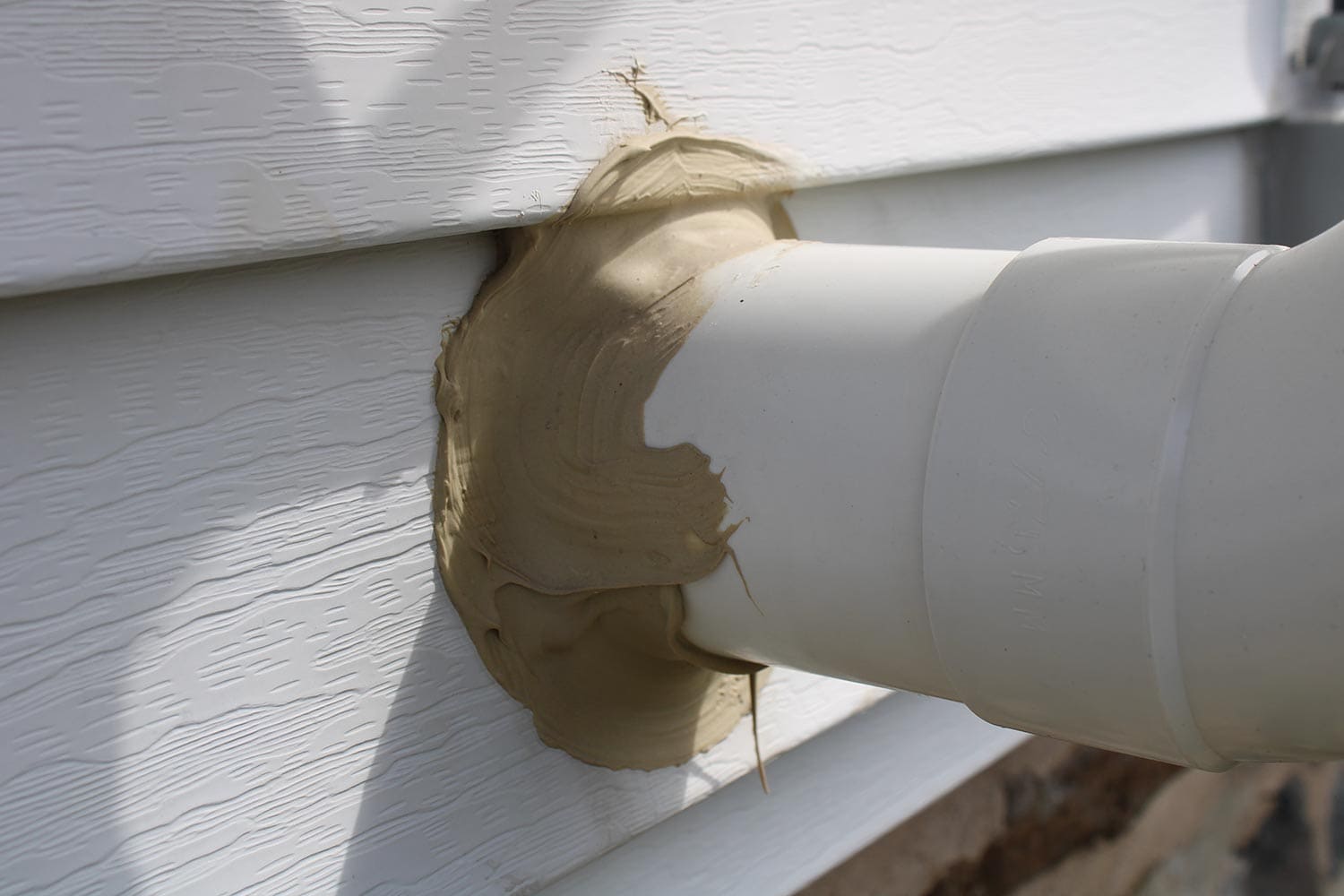
Throughout this article, we've learned how to hide your pipe outside your house. You also know how to hide your radon system's fan in your attic.
In addition, we've also covered the methods to determine the radon gas level inside your home. Also, you now know the risk of neglecting to monitor your house's radon gas rate.
We hope sharing this information will help you care for your house radon system.
Made it to the end? Kindly read our other helpful articles below!


